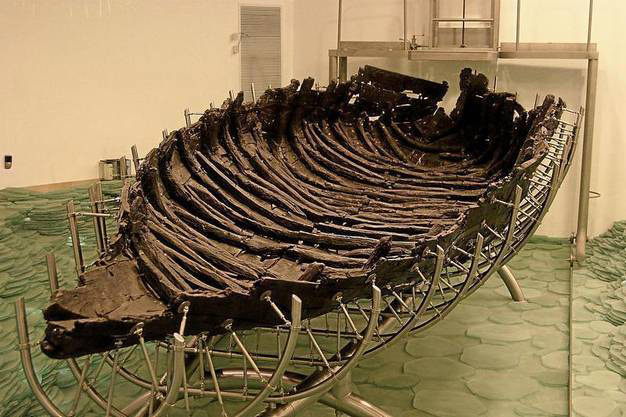The mere mention of ‘Sea of Galilee’ and ‘boat’, together, leads to the name of Jesus of the Bible. These words are closely associated with Jesus’ miracles and ministries, the most famous is Jesus calming the storm.

So in 1986, when brothers Moshe and Yuval Lufan, both fishers who lived in the western shore of Galilee, noticed the outline of a boat on the dried-up part of the lakebed they were stepping on, they frantically contacted marine archaeologists led by Dr. Kurt Raveh to check what they found and to dig what is now known as the Jesus Boat or the Ancient Galilee Boat.
“Because of a record drought in Israel from 1985 to 1986, large portions of the bed of the Sea of Galilee, also known as Lake Tiberias, were suddenly exposed to the naked eye,” said Professor Tom Meyer of Sashta Bible College, in an interview.
The boat, measuring 26.5ft long, 7.5ft wide, and 4.5ft high, was excavated from the mud and placed in the Yigal Allan Museum eleven days after it was discovered.
Dr Kurt Raveh said the probable date of the boat’s construction could be traced from the first century BC to the first century AD, the time of Jesus’ existence.
Many Christians celebrated the discovery of the Jesus Boat as not just an archaeological treasure but a confirmation that Biblical references to Jesus’ existence truly transpired.
Despite that, Dr. Raveh said it was highly improbable that it was the same boat that Jesus and the disciples rode in.
“You can’t ever prove that Jesus was on it or even saw it, there were about 600 of these boats working on this lake at one time,” Dr. Raveh said.
He said that though the discovered boat was spacious enough for 13 men, assuming Jesus and the 12 disciples were on it during the storm, they would have to stand all the time to fit in. There was no space where Jesus could sleep on, nor did it have the physical capacity to withstand a raging tempest as described in the gospel.
The point of the discovery, said Dr. Raveh, was to show to the present generation that the boat was special, that this was the type of boat during Jesus’ time. “It is enough, it’s from that time, from that place and it’s the only one [that survived] and this is how they looked.”
How the boat survived
Aside from the biblical implication of the discovery of the Jesus Boat, it has also shed light on how boatmaking was done in the first century.
The Jesus Boat was made of available, unsophisticated raw materials. Experts who analyzed the boat presumed the boatwright made use of “timbers from other boats”, inferior quality lumber, Lebanese cedar, mortise-and-tenon joints, oak pegs, pine resin sealant, iron nails, and bitumen pitch.
Fishers during those times always kept the boat afloat. However, with the Jesus Boat, the experts surmised it floated away from the shore and sank. Experts believe that the silt and mud that covered the boat encased it in an anaerobic state and protected it from bacteria and decomposition.
“Obviously, there is no way of knowing that this particular boat played any part in these famous events, but it does allow us to better understand the world of the Bible and to realize that the events of the Bible are based in reality,” said Prof. Meyer.